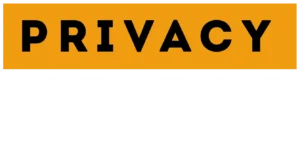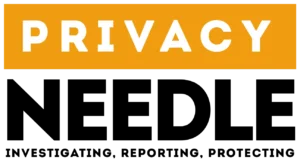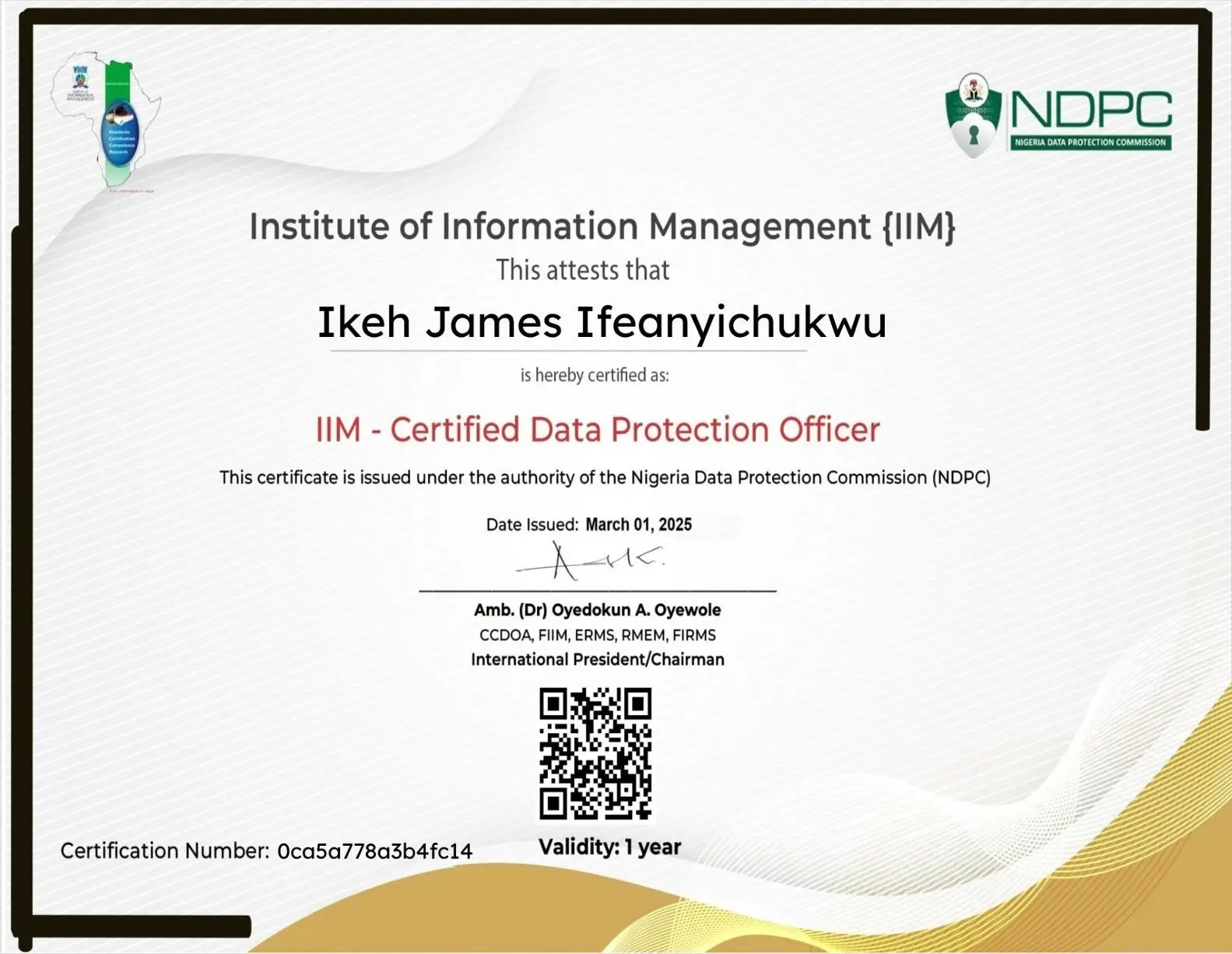Stop! You’re Giving Away Your Data for Free, And You Don’t Even Realize It
Share

Modern internet users love anything free — eBooks, tools, templates, giveaways, access to exclusive communities, and discount coupons.
But here’s the dark truth:
Every “free” form you fill is designed to take something far more valuable than your money — your personal data.
From your full name to your phone number, location, browsing behavior, and even your device details, companies have quietly mastered the art of data harvesting. And many users don’t even realize what they’re trading away.
This article breaks down how it works, why it’s dangerous, and how to protect yourself.
What Most People Don’t Realize About “Free” Forms
Most online forms appear harmless:
- “Download this free PDF”
- “Register to get your free gift”
- “Sign up for early access”
- “Take this free quiz to know your personality type”
- “Get a free credit score check”
But behind them is a data collection pipeline used by:
- Digital marketers
- Data brokers
- Ad networks
- Political interest groups
- Financial service companies
- Cybercriminals (in disguise)
Many companies now rely more on data extraction than the actual product or service they claim to offer.
Why Your Data Is More Valuable Than You Think
Your personal data is worth money — big money.
In 2023 alone, global data broker revenue was estimated to exceed $400 billion.
And you’re part of that economy.
Companies buy and sell:
- Your email
- Your phone number
- Your purchase habits
- Your location
- Your demographic profile
- Your income bracket
- Your digital behavior
- Your interests
The more forms you fill, the more data points they connect. Eventually, they build a complete digital identity profile — and they never need to ask you twice.
How “Free Forms” Trick You Into Giving More Than You Realize
Most data-harvesting forms use psychology and micro-UX tricks to push you into sharing more information than needed. For example:
1. They Ask for More Data Than Necessary
A free eBook should not need:
- Phone number
- Date of birth
- Residential address
- Employment details
But many forms do.
2. They Hide Data Sharing Behind Pre-Checked Boxes
Such as:
- “I agree to receive marketing messages from our partners.” (partners = 100+ undisclosed companies)
3. They Use “Limited-Time” Pressure
Countdown timers, fake scarcity, and emotional triggers force users to complete forms without thinking.
4. They Combine Form Data With Tracking Tech
Once you fill a form, they match your details with:
- Cookies
- Browser fingerprint
- IP address
- Device ID
- Ad networks (Google, Meta, TikTok, etc.)
This reveals everything else you do online.
Real-Life Example: How One Free “Business Loan Eligibility Check” Exposed Thousands
A popular Nigerian website ran a free “loan eligibility checker.”
To get your “result,” you had to fill in:
- Full name
- BVN (highly sensitive!)
- Phone number
- Business details
- Income
- State and LGA
Within weeks, users began receiving:
- Spam calls
- Fake loan offers
- Scam SMS messages
- Unsolicited ads
- Phishing attempts
The form was a data pipeline for fraudsters, disguised as a legitimate service.
The Hidden Risks You Face When You Give Data Through Free Forms
1. Identity Theft
Cybercriminals buy harvested data from black markets.
2. Targeted Scams
If scammers know your age, job, and location, they can tailor scams that look believable.
3. Endless Spam & Telemarketing
Your phone number becomes a commodity.
4. Manipulated Ads & Behavioral Influence
Data brokers use your information to sway your:
- Purchases
- Opinions
- Decisions
- Even your political views
5. Data Breaches
Most small sites offering free forms have weak security — they leak your data unknowingly.
How to Know a Form Is a Data Trap
| Red Flag | What It Means |
|---|---|
| Asks for too much personal info | They plan to resell or profile you |
| Vague privacy policy | They want freedom to use your data |
| Pre-checked consent boxes | Automatic approval to share data widely |
| No company address or contact info | High chance of a scam |
| Freebie seems too valuable | Your data is the real currency |
| Forced account creation | They want long-term tracking |
| Redirects to several pages | Tracking scripts are being loaded |
How to Protect Yourself
Here’s how to avoid giving away your data unknowingly:
1. Use a Secondary Email for Freebies
Create a “sacrifice” email for all sign-ups.
2. Never Give Phone Numbers Unless Required
Most freebies don’t need your phone.
3. Reject All Pre-Checked Consent Boxes
4. Use Privacy Tools
Tools like:
- uBlock Origin
- Privacy Badger
- DuckDuckGo browser
- Brave browser
Block hidden trackers.
5. Check the Privacy Policy Before Submitting
Look for:
- Third-party sharing
- Data retention
- Data usage purpose
6. Stop Filling Unnecessary Forms
If something seems too good to be true, it usually is.
Frequently Asked Questions (FAQ)
1. Why do websites offer free products in exchange for data?
Because your data is more profitable than the free product they give.
2. Are all lead-generation forms dangerous?
No — but many collect more data than necessary. Legit companies explain exactly how your data will be used.
3. How can I check if my data is being shared?
Review the privacy policy or use tools like browser tracker detectors.
4. What happens if I already gave out my data?
Reduce exposure by:
- Unsubscribing
- Changing passwords
- Using spam filters
- Blocking telemarketing calls
5. Can my data be sold legally?
In many countries, yes — unless privacy laws like GDPR or NDPA prohibit it.
Final Thoughts
The next time a website tells you:
“Get this for free — just fill out a form…”
Pause.
You are not downloading something for free.
You are paying — with your personal data.
And in the digital economy, your data is worth more than gold.

























Leave a Reply